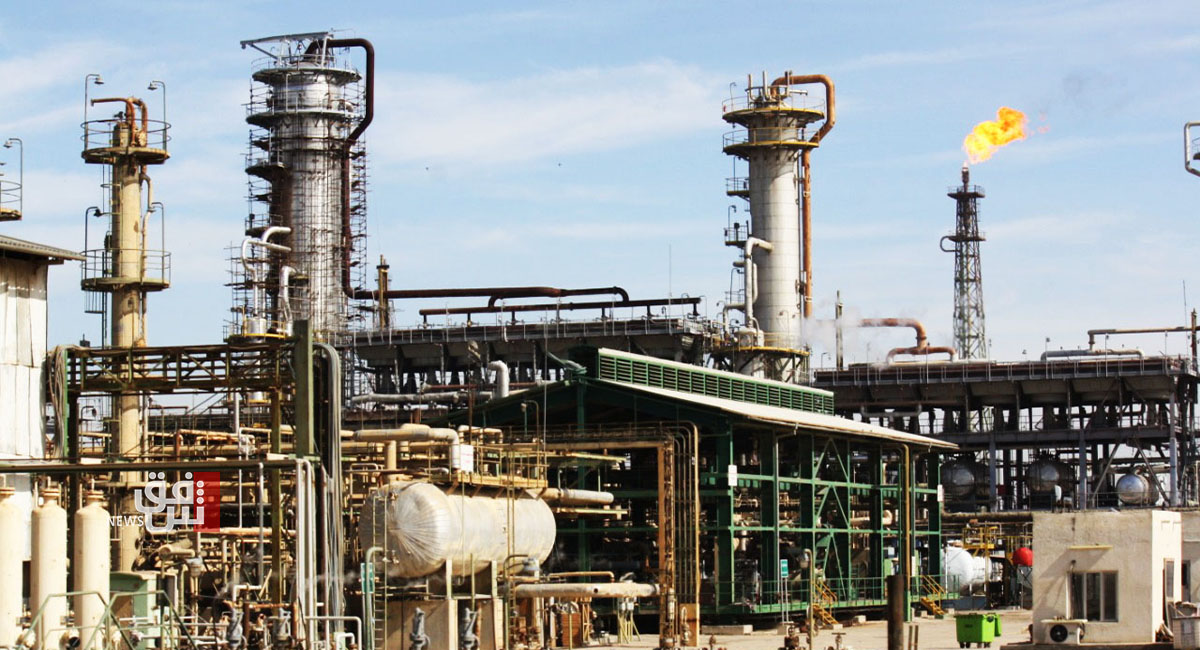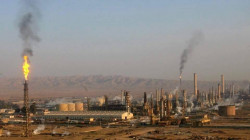What pushes oil beyond the $90/barrel threshold?

Shafaq News/ Oil prices ticked higher again on Thursday, with West Texas Intermediate and global crude benchmark Brent crude markets both clearing $90/barrel on news of supply disruptions in African states Libya and Nigeria.
An oil production and storage vessel exploded off the coast of Nigeria early on Wednesday with 10 crew members on board, with no word yet on casualties or the amount of crude that might have spilled into the waters.
In Libya, the National Oil Corporation said Thursday it had halted exports from six ports — namely Brega, Zueitina, Ras Lanuf, Zawiya, Mellitah and Sidra — due to bad weather. No updates were immediately available on when crude shipments would resume.
Stories of the disruptions added fervor to a market already hyped up on the notion that the world will run short on over the next few months with the approach of the peak summer demand period.
OPEC+, at the conclusion of its February meeting on Wednesday, approved another 400,000 barrels per day in production that will begin in March. OPEC+ has announced similar hikes month after month but data shows the 26 nations in the Saudi- Russia led oil producers’ alliance consistently adding less net exports — suggesting production constraints at oilfields under-invested during the two-year long coronavirus pandemic.
West Texas Intermediate, the benchmark for U.S. crude, hit an intraday high of $90.35 before settling Thursday’s trade at $90.27, up 2.3%. The last time the New York-traded WTI was above $90 was in October 2014, before a glut of oil from the US fracking revolution began depressing prices.
London-traded Brent, the global benchmark for oil, rose to as high as $91.18 per barrel before settling at $91.11, up $1.64 or 1.8%. Brent cleared the $90 milestone last week, also the first time since 2014.
Despite the feverish pace of the oil rally and forecasts for $100 a barrel next, some analysts think the market could cool after gaining virtually without any stop over a seven-week run-up that has added 26% to prices.
“I don't think … that we'll see any significant correction, but we may see it lose some momentum in the near term and even pull back a little,” said Craig Erlam, analyst at online trading platform OANDA.





